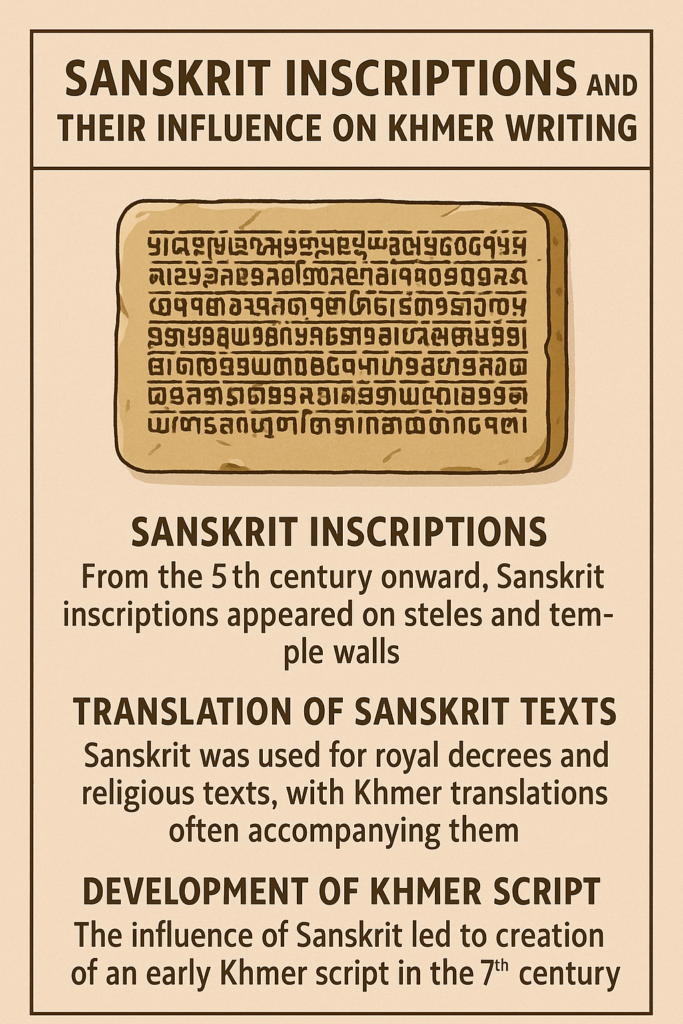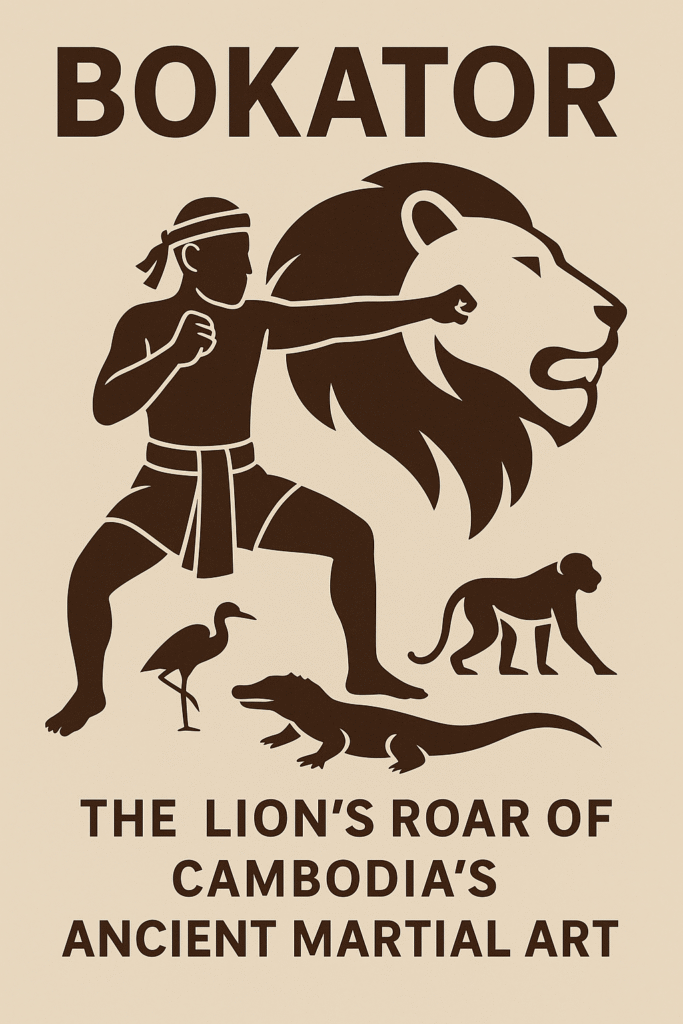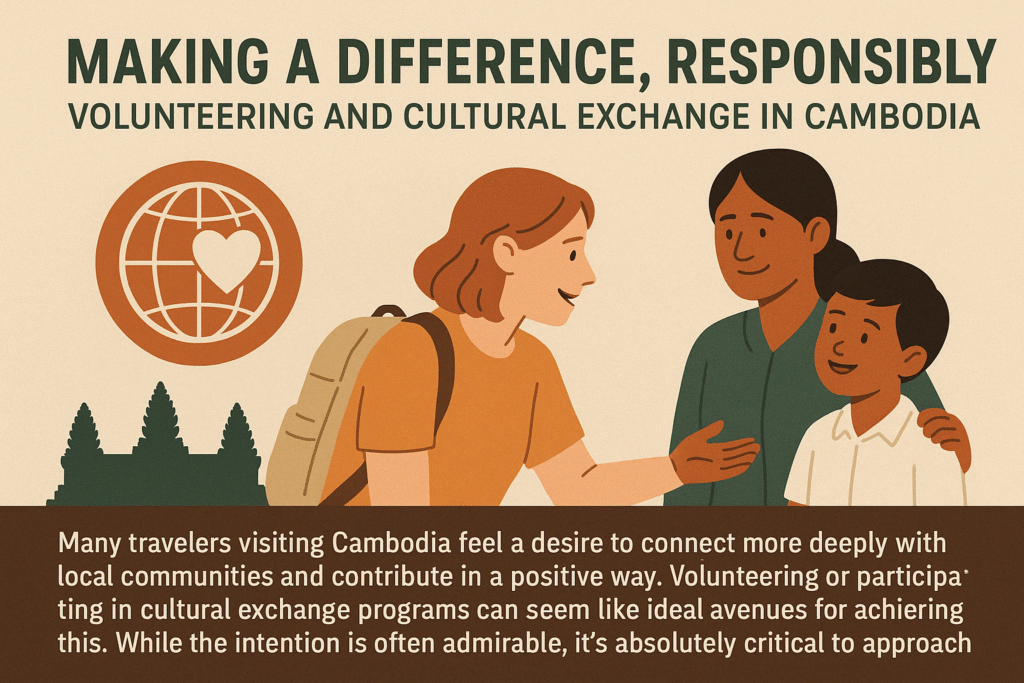
Cambodia’s cultural richness is not a product of isolation but of profound and enduring cross-cultural exchange. For centuries, Indian and Chinese civilizations played vital roles in shaping the religious, linguistic, artistic, and commercial fabric of Khmer society. These external influences were not simply absorbed—they were reinterpreted and Khmerized, becoming part of Cambodia’s unique national identity.
From the arrival of Hinduism and Buddhism to the presence of Sanskrit inscriptions, Indian epics carved into temple walls, Chinese trade relations, and the influence of Chinese settlers in daily life—this article explores how these two ancient civilizations left indelible marks on Cambodian history and culture.
How Hinduism and Buddhism Arrived in Cambodia

The earliest major foreign influence on Cambodia came from India, through a process scholars call Indianization. This cultural transmission began as early as the 1st century CE, facilitated by maritime trade routes connecting South and Southeast Asia.
Hinduism arrived first, brought by Indian merchants, Brahmin priests, and travelers. Khmer kings adopted Hindu cosmology and rituals, aligning themselves with gods like Shiva and Vishnu to reinforce divine kingship. The concept of devarāja (god-king) emerged, positioning rulers as earthly incarnations of gods.
Later, Buddhism—both Mahāyāna and later Theravāda—took root, also arriving via Indian influence. By the 12th–13th centuries, Theravāda Buddhism became dominant and remains Cambodia’s state religion today.
These two great Indian religions profoundly shaped Khmer worldview, art, architecture, and governance for over a millennium.
Sanskrit Inscriptions and Their Influence on Khmer Writing

One of the clearest indicators of Indian influence is the widespread use of Sanskrit in ancient Cambodian inscriptions.
The earliest stone inscriptions, dating back to the 5th–6th centuries, were written in Sanskrit using a script derived from southern Indian models (Pallava script). These inscriptions were used for:
- Royal proclamations
- Temple dedications
- Religious hymns and prayers
- Land grants and lineage records
Over time, Old Khmer emerged in inscriptions alongside Sanskrit, especially for administrative and everyday matters. While Sanskrit was reserved for the sacred and elite, Old Khmer served the local context.
This dual-language system laid the foundation for the Khmer script, which evolved into the modern writing system used today. Sanskrit also enriched Khmer vocabulary, particularly in religious, philosophical, and royal contexts.
The Impact of Indian Mythology on Khmer Temples

Walk through the galleries of Angkor Wat or the intricate carvings of Banteay Srei, and you’ll find entire walls devoted to Indian epics like the Ramayana and Mahabharata.
Scenes such as:
- The Churning of the Ocean of Milk
- Rama’s battle with Ravana
- Vishnu’s avatars
- Shiva dancing the cosmic Tandava
…are depicted with remarkable detail and localized interpretation.
Indian mythology provided not just stories but a spiritual framework that inspired the orientation, symbolism, and layout of Khmer temples. Towers represented Mount Meru, moats symbolized cosmic oceans, and temple reliefs retold stories of gods and heroes.
However, Khmer artisans gave these tales local expression—in style, costume, and form—blending imported myth with indigenous aesthetics.
Chinese Trade Relations with Cambodia Through History

While India shaped Cambodia’s spiritual and cultural core, China played a critical role in its economic and diplomatic history.
Records from the Han dynasty mention the kingdom of Funan, and later dynasties kept contact with Chenla and the Khmer Empire. Chinese emissaries described Angkor as a sophisticated civilization with impressive architecture, rice agriculture, and royal rituals.
Through trade, China exchanged:
- Silk, ceramics, and ironware
- For spices, ivory, aromatic woods, and minerals
Cambodian ports like Oc Eo and Phnom Da became key links in the maritime Silk Road. These exchanges enriched Khmer court life and connected Cambodia to wider Asian economic networks.
The Role of Chinese Settlers in Cambodian Commerce

Beyond trade missions, Chinese settlers also made a lasting mark on Cambodian commerce and society.
Starting from the 13th century and especially during the Ming dynasty, waves of Chinese immigrants—mainly from southern provinces like Guangdong and Fujian—settled in Cambodia. Many became merchants, artisans, and traders.
Their influence includes:
- Establishment of marketplaces and guilds
- Introduction of new crops, techniques, and trade systems
- Intermarriage with local Khmer communities
- Contribution to Cambodia’s urban commercial class
Over time, Chinese-Cambodians became a vital economic force, particularly in cities like Phnom Penh. Their entrepreneurial spirit helped shape Cambodia’s mercantile infrastructure.
The Adoption of Chinese Customs in Khmer Society

Along with trade and migration came cultural influences—some of which subtly merged into Cambodian daily life and tradition.
Examples of Chinese customs adopted or adapted in Khmer society include:
- Chinese-style ancestor worship and household altars
- Feng shui principles in building and burial practices
- Celebration of Chinese festivals, such as Lunar New Year
- Use of herbal medicine and culinary techniques
These customs did not replace Khmer traditions but coexisted with them, enriching Cambodia’s cultural diversity. In markets, family homes, and festivals, the fusion of Khmer and Chinese customs remains visible even today.
Conclusion: A Khmer Identity Shaped by Cultural Exchange
Cambodia’s history is a testament to the power of cultural synthesis. Indian and Chinese influences helped shape its spiritual, intellectual, and economic foundations—but always through a Khmer lens.
The result is a uniquely Cambodian identity: temples built on Indian myths, scripts molded from Sanskrit, cities shaped by Chinese commerce, and a people who adapted and integrated the best of both worlds.
Today, Cambodia continues this legacy of cultural openness—drawing from its past to engage with a global future.


